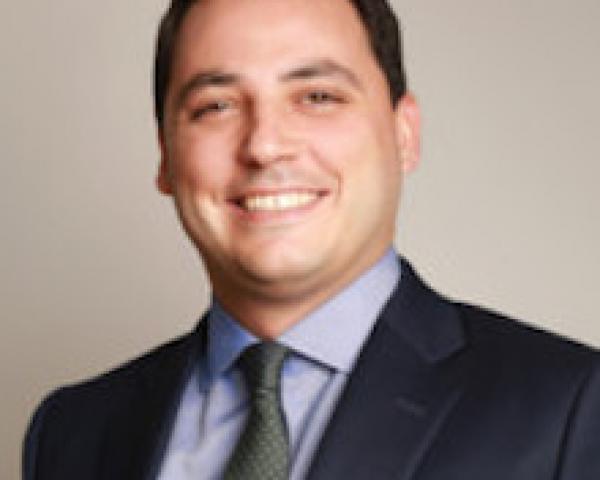The premium volume generated by what A.M. Best calls “delegated underwriting authority enterprises” (DUAEs) has doubled in the last decade. The DUAE label encompasses managing general agents (MGAs), managing general underwriters (MGUs), program administrators and other entities that write on behalf of risk capacity providers such as insurance carriers and reinsurers.
MGAs are the largest piece of the DUAE segment, and they have been a part of the insurance landscape for more than a century. Originally a mechanism for insurance carriers to expand into new regions, many MGAs today focus on industry groups and lines of business requiring specialized underwriting expertise and carefully cultivated distribution systems. Insurers typically turn to MGAs to access profitable segments that would be too difficult or too expensive for them to reach using their existing agent and broker channels and their own underwriters. Through MGAs, they can access desirable business without significant investments.
DUAEs are “capacity seekers” and typically rely on insurance carriers and reinsurers for risk capacity. MGAs and other capacity seekers scour the market to find providers that have an appetite for their business and that have the experience, resources and systems to manage a partnership effectively. Carriers and other capacity providers look for reliable DUAEs they can trust to produce a portfolio of well-underwritten business that fits within their risk appetite and underwriting parameters.
The traditional mating dance between capacity seekers and providers is inefficient and prone to producing unhappy marriages. Identifying and connecting with potential partners often relies on personal relationships and extended networks. An MGA looking for capacity typically will call all relevant carrier contacts and get in front of as many carriers as possible without any initial filtering. Neither MGAs nor carriers have a clear, complete and unbiased view of the marketplace. Finding a good fit is often a matter of chance.
Capacity seekers and providers also tend to interact using outmoded technologies. This can slow and complicate identifying partners and negotiating deals and impede many subsequent essential interactions. The insurance industry has been slow to embrace new technologies, and the resulting inefficiencies are rarely more apparent than in this realm, where efficient communication and coordination among unaffiliated entities is essential for success.
Carriers and reinsurers are the traditional providers of risk capacity, but they are not the only ones. A market for insurance-linked securities (ILS) emerged in the mid-1990s as a mechanism to tap the global capital markets for an alternative source of risk capacity. Insurance-linked securities are catastrophe bonds and other financial instruments whose values are driven by loss events. They use offshore special purpose vehicles—essentially dedicated insurance or reinsurance entities—to fund losses resulting from, typically, a specific peril affecting a defined pool of risks. The ILS market has grown rapidly: According to the Artemis Deal Directory, in 2021, cat bond and ILS issuance reached $14 billion. However, its potential has not been reached, in part, because of difficulties in matching ILS capacity with DUAEs. More so than in the traditional capacity marketplace, capacity seekers struggle to establish a toehold within the highly specialized ILS market and therefore are not fully benefiting from the largest and most liquid source of risk capacity.
Closely allied to the DUAE market is the rapidly growing embedded insurance segment. Embedded insurance is coverage packaged with a product or service and purchased at the point of sale of that product or service. Embedded insurance isn’t new—some types, such as auto insurance purchased with a car rental, have been around for many years. However, embedded insurance has become more prevalent in recent years as customer expectations have changed and technology makes instantaneous underwriting and policy issuance at the point of sale a largely friction-free process. According to a report by InsurTech London, the embedded insurance market is forecast to grow to $722 billion—six times its current size—by 2030.
See also: How to Embrace Insurtech Culture
The challenges involved with matching third-party distributors (usually product or service providers in various sectors) looking to offer embedded insurance products with insurance carriers willing and able to offer such products are similar to matching MGAs with carriers. Insurance companies that offer embedded insurance products often struggle to identify and reach distribution partners. At the same time, manufacturers, retailers and service providers often lack contacts within the insurance industry and may have little understanding of insurance business processes. This inefficient process is ripe for a digital makeover.
The DUAE and embedded insurance markets are growing rapidly, but they could be expanding faster and more efficiently with better long-term outcomes if the marketplace was more transparent, processes were streamlined and simplified and technology was used better. A 360-degree view of the market enables capacity seekers to understand their capacity sourcing options better. Computer algorithms can efficiently match capacity seekers with capacity providers. Better communication technologies can improve the due diligence process, speed negotiations and provide a framework for information exchanges. The outcome should be increased efficiencies throughout capacity-sourcing processes; accelerated speed to market for MGA and similar programs; a better alignment of values, objectives and priorities among partners; enhanced communications throughout the lifecycle of the partnership; and overall greater satisfaction with the process by all parties.
Today, the know-how and technologies to transform outdated and inefficient capacity-sourcing processes are available. Change is already occurring and will accelerate sharply as a critical mass of capacity-seekers and capacity-providers recognize the benefits of an organized digital marketplace with an efficient electronic infrastructure. With the addition of third-party administrators and other players in the insurance value chain to the digital ecosystem surrounding the delegated underwriting model, the entire marketplace will be more efficient, which will accelerate growth and enable the market to reach its potential.






